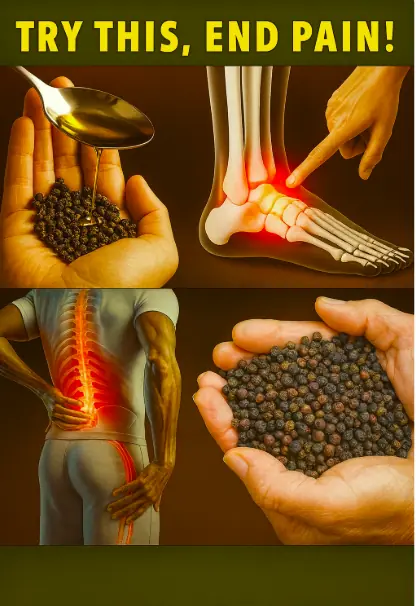
Mini Stroke in People Over 40

Turning 40 is often a milestone — a moment of reflection and transformation. You may find yourself juggling the demands of a growing career, family responsibilities, and changes in energy, hormones, or metabolism. It’s also the decade when many people start noticing subtle shifts in how their body responds to stress, sleep, or diet.
But more importantly, your 40s are a critical time to focus on your heart and brain health, particularly when it comes to recognizing and preventing a mini stroke, also known as a transient ischemic attack (TIA).
🧠 What Is a Mini Stroke?
A transient ischemic attack (TIA) occurs when blood flow to a part of the brain is temporarily blocked, usually by a small clot or a narrowed artery. The blockage lasts only a few minutes, and symptoms often disappear quickly — but that doesn’t make it harmless.
Unlike a full stroke, a TIA doesn’t cause permanent brain damage. However, it serves as a powerful warning sign that a major stroke could be imminent.
⚠️ About 1 in 3 people who experience a TIA will go on to have a full stroke, often within days or weeks if no action is taken.
💢 Why the Risk Increases After 40
Once you hit your 40s, your body naturally begins to change in ways that can increase your risk of vascular problems. Blood vessels gradually lose some of their flexibility, metabolism slows, and lifestyle habits accumulated over decades start to show their impact.
You may feel perfectly healthy, but silent risk factors could already be present.
Common Risk Factors for TIA and Stroke After 40:
-
High blood pressure (often goes undiagnosed)
-
High cholesterol or triglycerides
-
Diabetes or prediabetes
-
Smoking or vaping
-
Sedentary lifestyle or desk-based work
-
Excess weight or obesity
-
Poor sleep or chronic stress
-
Atrial fibrillation (irregular heartbeat)
-
Family history of heart disease or stroke
Even one of these factors can raise your risk, but several combined can multiply it dramatically.
⚡ Recognizing the Signs of a Mini Stroke (TIA)
Symptoms of a TIA mimic those of a full stroke but typically resolve within minutes to hours.
Common signs include:
-
Sudden numbness or weakness, especially on one side of the body
-
Slurred speech or difficulty understanding others
-
Blurred or double vision
-
Dizziness, loss of balance, or sudden confusion
-
A severe headache with no clear cause (less common)
🛑 Don’t wait it out. Even if symptoms disappear quickly, call emergency services immediately. Acting fast can be the difference between full recovery and lasting damage.
🧩 What Happens After a TIA?
If you’re over 40 and experience any of the above symptoms, even for a few minutes, your healthcare provider will likely recommend a full evaluation. This typically includes:
-
MRI or CT scan to check for evidence of stroke activity
-
Blood tests for cholesterol, glucose, and clotting factors
-
Heart monitoring (ECG or Holter) to detect irregular rhythms
-
Carotid ultrasound to look for narrowed or blocked arteries
These tests can uncover hidden conditions that, if left untreated, could lead to a major stroke.
🛡️ How to Prevent a Stroke After a TIA
Your 40s are an ideal time to shift from reactive to preventive healthcare. Whether you’ve experienced a TIA or simply want to reduce your risk, here’s what you can do:
Medical Management
-
Take blood thinners (like low-dose aspirin) if prescribed
-
Use statins to lower cholesterol
-
Control blood pressure with medication and lifestyle
-
Treat diabetes or prediabetes aggressively
Lifestyle Changes
-
Follow a heart-healthy diet such as the Mediterranean or DASH diet — rich in fruits, vegetables, lean proteins, and healthy fats
-
Engage in 30 minutes of moderate exercise most days (brisk walking, cycling, swimming)
-
Quit smoking and limit alcohol consumption
-
Prioritize stress reduction through mindfulness, yoga, or regular downtime
-
Get 7–8 hours of quality sleep per night
Ongoing Monitoring
-
Schedule regular check-ups for blood pressure, cholesterol, and blood sugar
-
Ask your doctor about screening for atrial fibrillation, which becomes more common with age
-
Track your weight, diet, and energy levels to notice subtle health shifts early
👩⚕️ Real-Life Example
A 45-year-old woman suddenly loses the ability to speak and feels weakness in her right arm. The symptoms last only ten minutes, then vanish. She almost dismisses it as stress — but decides to visit the emergency room.
➡️ Doctors diagnose her with a transient ischemic attack. Tests reveal untreated high blood pressure and elevated cholesterol, both silent threats. She starts a preventive treatment plan — and likely avoids a major stroke that could have changed her life forever.
💬 Final Takeaway: Don’t Dismiss the Signs
A mini stroke might seem insignificant, but it’s your body’s way of sounding the alarm. Recognizing the early warning signs and taking action immediately can prevent a lifetime of disability or loss.
Turning 40 doesn’t mark the beginning of decline — it marks the start of awareness, empowerment, and prevention.
This is your time to take charge, listen to your body, and invest in a healthier, stronger future for both your heart and your brain.
News in the same category


🌿 The Forgotten Healing Drink Making a Powerful Comeback

You’ll NEVER Shave the Same Again After Seeing This Onion Trick

Don’t Drink Coconut Water Before You Know These 11 Secrets!
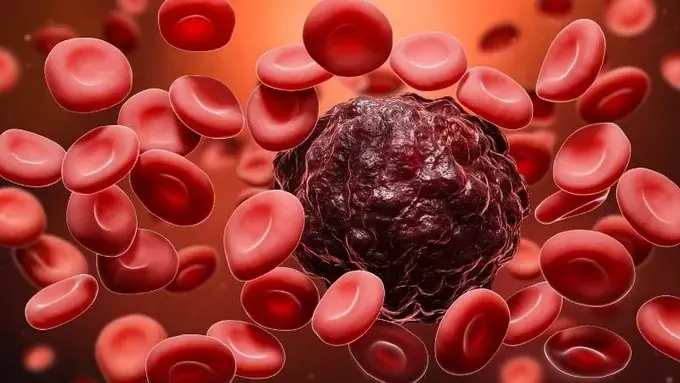
Expert, 95 Years Old with 60 Years of Cancer Research Reveals: You Must Avoid These 4 Things So Cancer Doesn’t Come Knocking
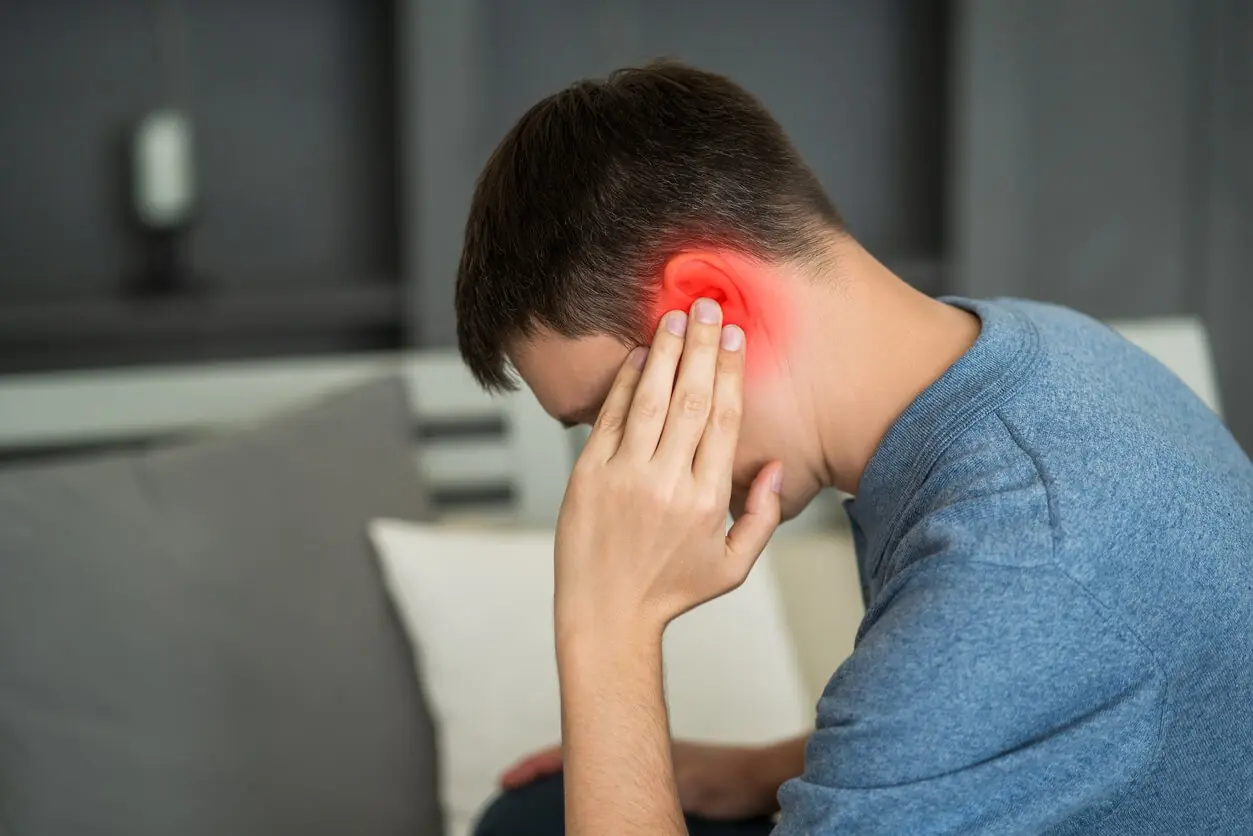
Sharp Pain in Ear: Causes, Treatments and When to See a Doctor
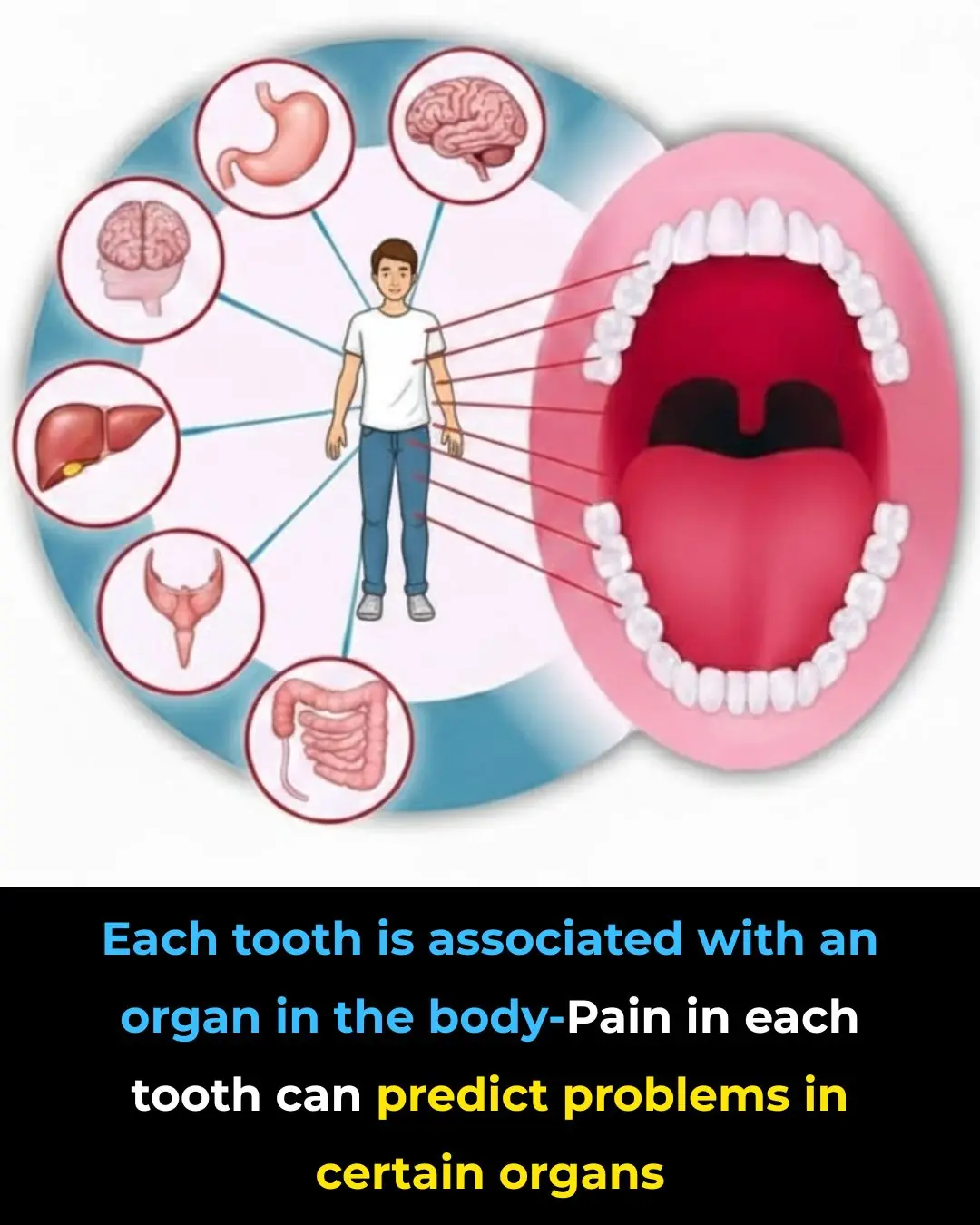
Each Tooth Is Associated With An Organ In The Body – Pain In Each Tooth Can Predict Problems In Certain Organs

Amazing vitamin can help stop cancer growth and this is how much you need
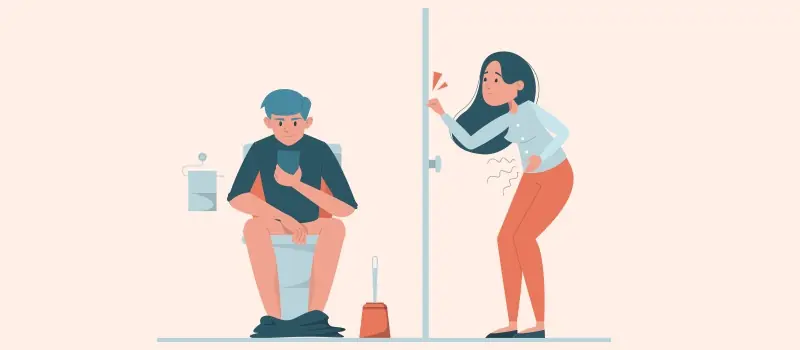
THE BEST HOME REMEDIES THAT END CONSTIPATION FAST AND NATURALLY

Say Goodbye to Diabetes, Fatty Liver, and Joint Pain with This Powerful Remedy!
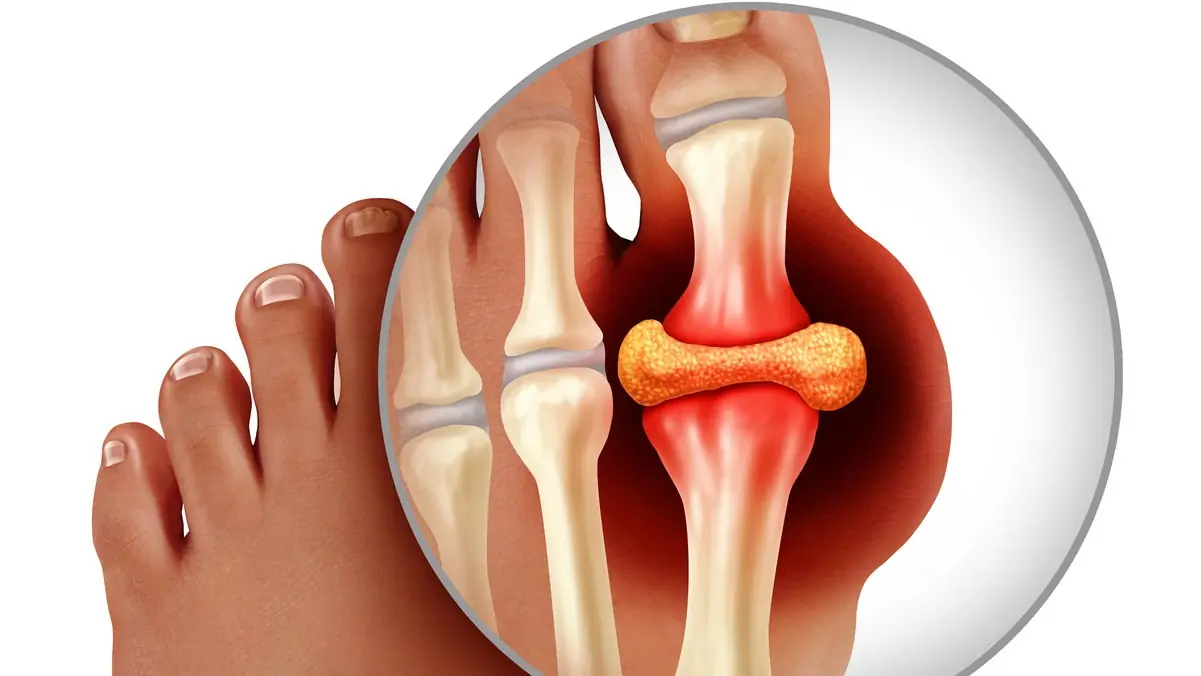
HIGH URIC ACID? SEE THE WARNING SIGNS & RELIEF TIPS
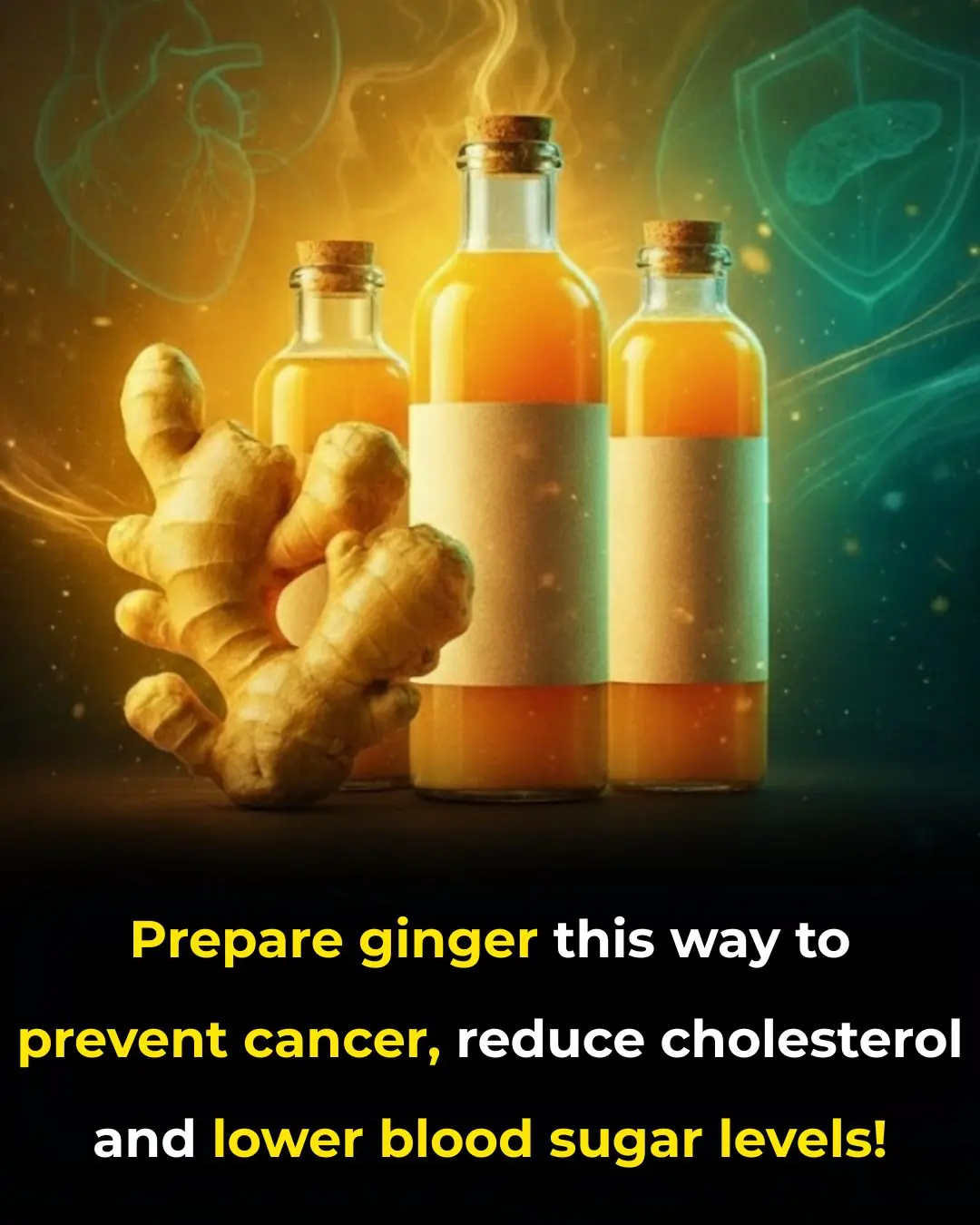
Prepare ginger this way to prevent cancer, reduce cholesterol and lower blood sugar levels!

Doctors reveal that eating APPLES causes...
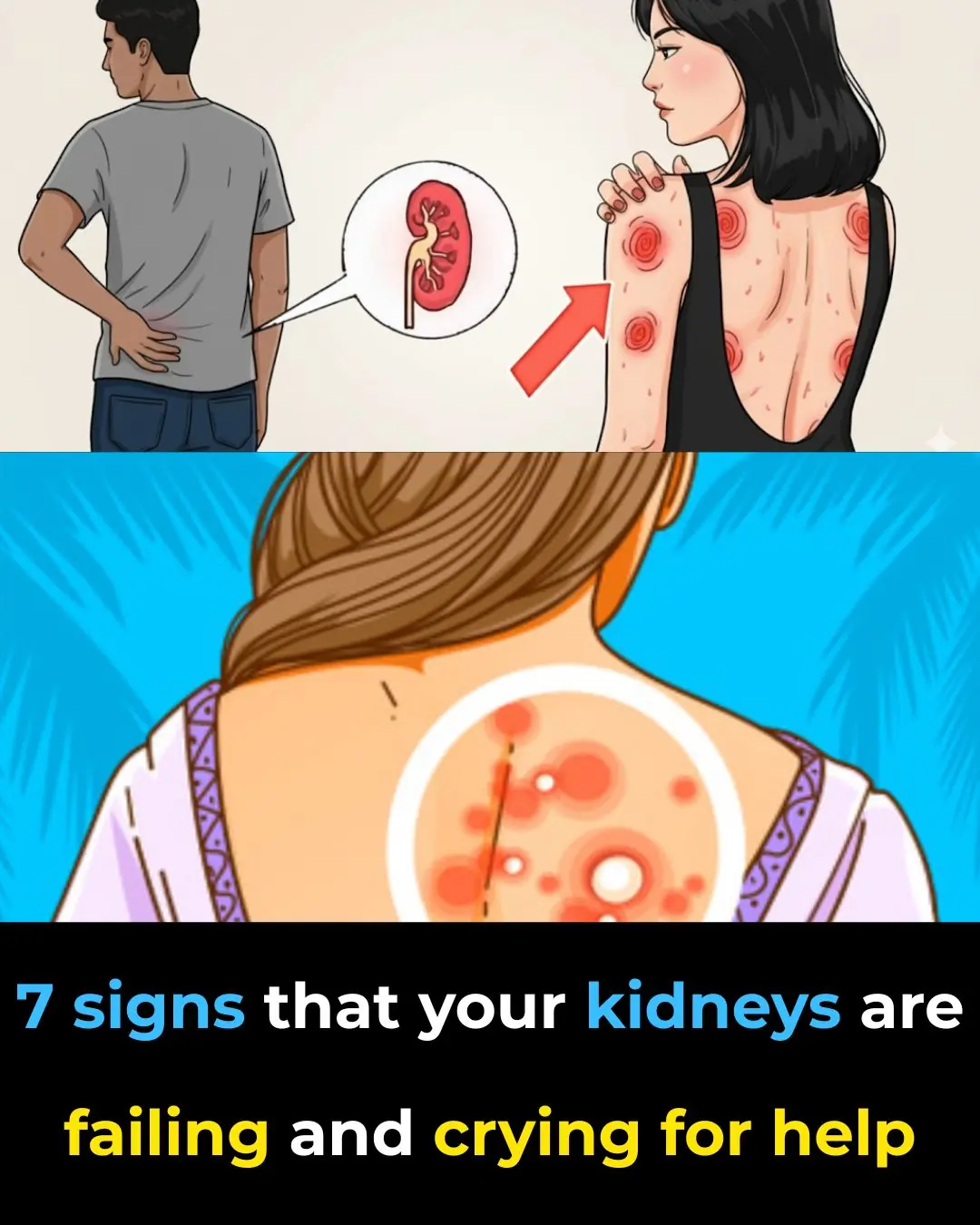
ALERT! 7 Early Signs Your Kidneys Are Crying for Help

Why You Shouldn’t Pluck Your Nose Hairs
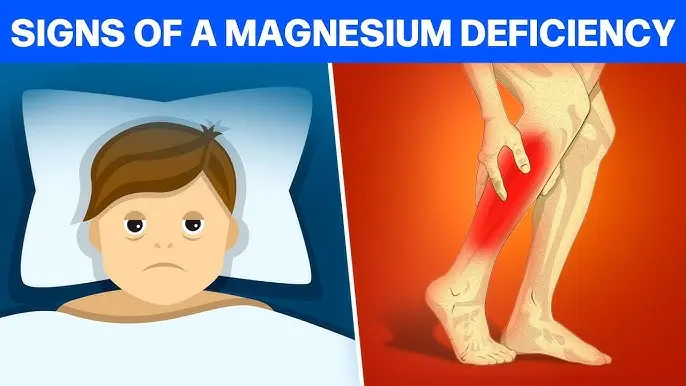
Top 15 Bizarre Signs of Magnesium Deficiency You Need to Know

5 Foods That Can Damage Your Thyroid (Even Though They Look Healthy)
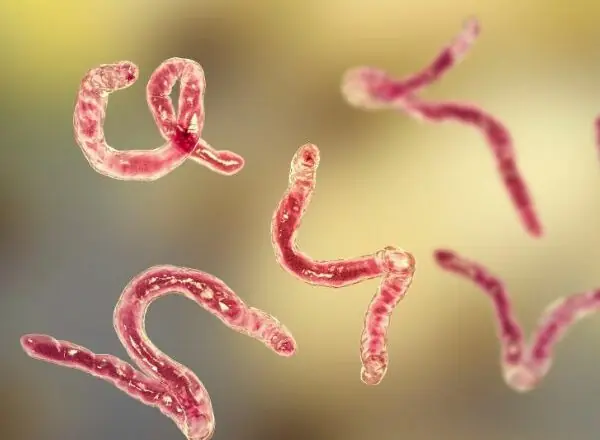
4 Powerful Remedies to Eliminate Parasites — #2 Will Surprise You!
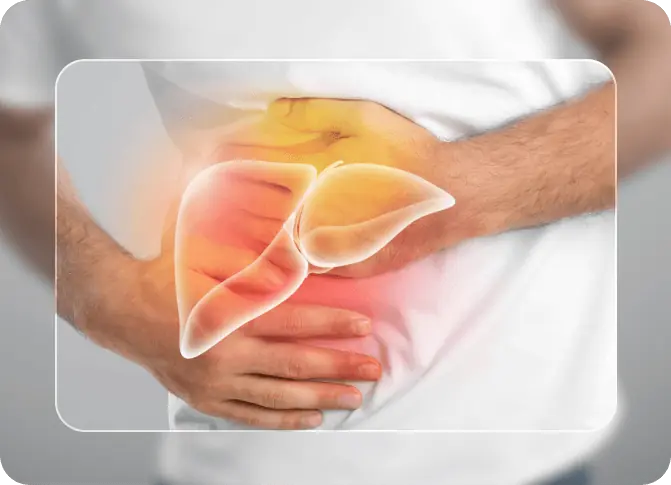
10 Early Warning Signs Your Liver Is in Trouble (Don’t Ignore #4!)
News Post

Papaya Sap for Cracked Heels: A Simple Natural Remedy
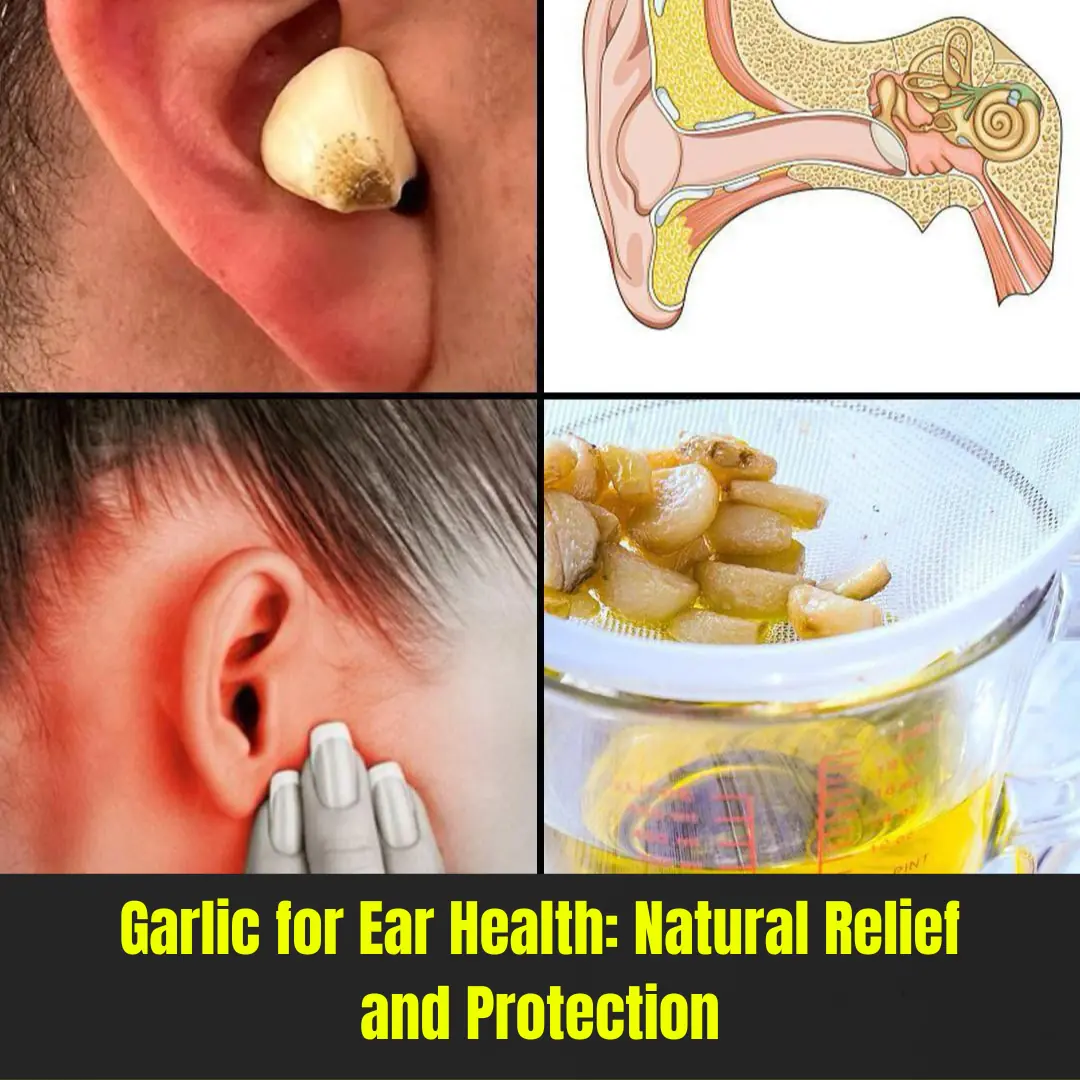
Garlic for Ear Health: Natural Relief and Protection

Old Doctors’ Secret: Mix Olive Oil + Black Pepper to Fix 11 Problems After 60 — See Results in 1 Week

🌿 The Forgotten Healing Drink Making a Powerful Comeback

You’ll NEVER Shave the Same Again After Seeing This Onion Trick
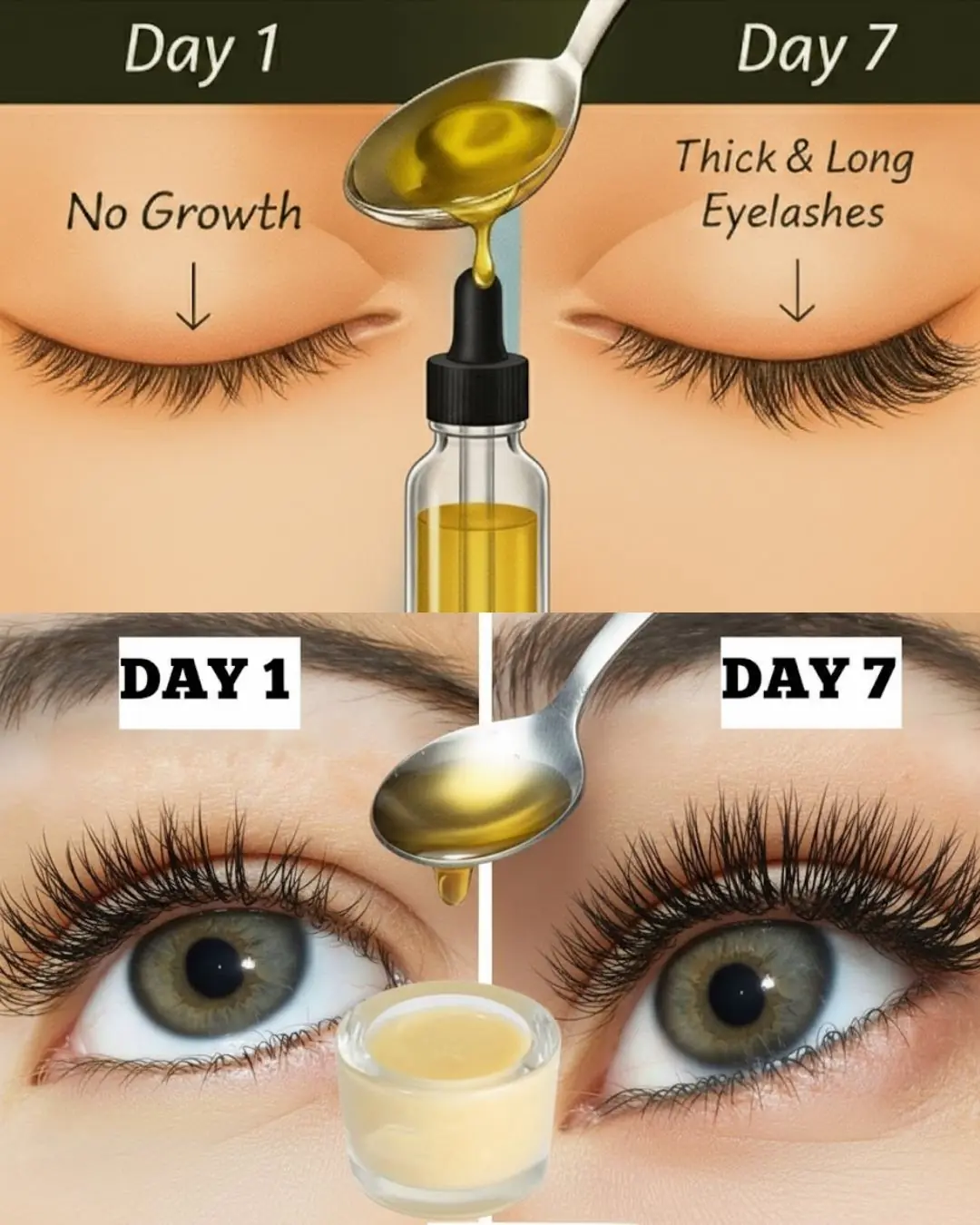
HOW I GREW MY EYELASHES IN JUST 7 DAYS — Naturally with Castor Oil

7 Essential Leaves to Naturally Improve Your Eye Health

Don’t Drink Coconut Water Before You Know These 11 Secrets!

White Clover (Trifolium repens): 15 Benefits and Homemade Uses
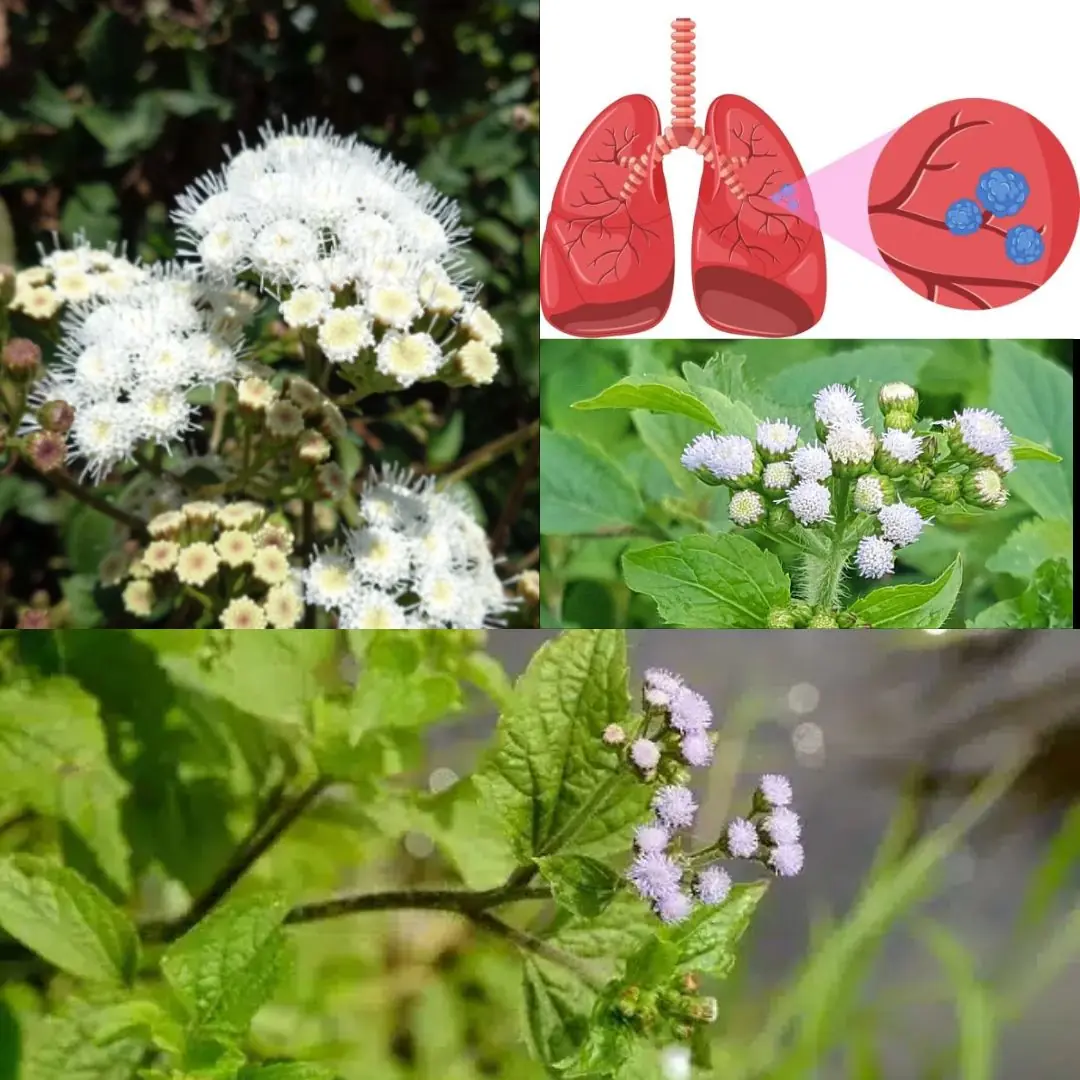
7 Benefits and Uses of Ageratum conyzoides

How often should you shower

Expert, 95 Years Old with 60 Years of Cancer Research Reveals: You Must Avoid These 4 Things So Cancer Doesn’t Come Knocking

Sharp Pain in Ear: Causes, Treatments and When to See a Doctor

Each Tooth Is Associated With An Organ In The Body – Pain In Each Tooth Can Predict Problems In Certain Organs

Here’s the secret why everyone puts avocados on the fire!

Amazing vitamin can help stop cancer growth and this is how much you need
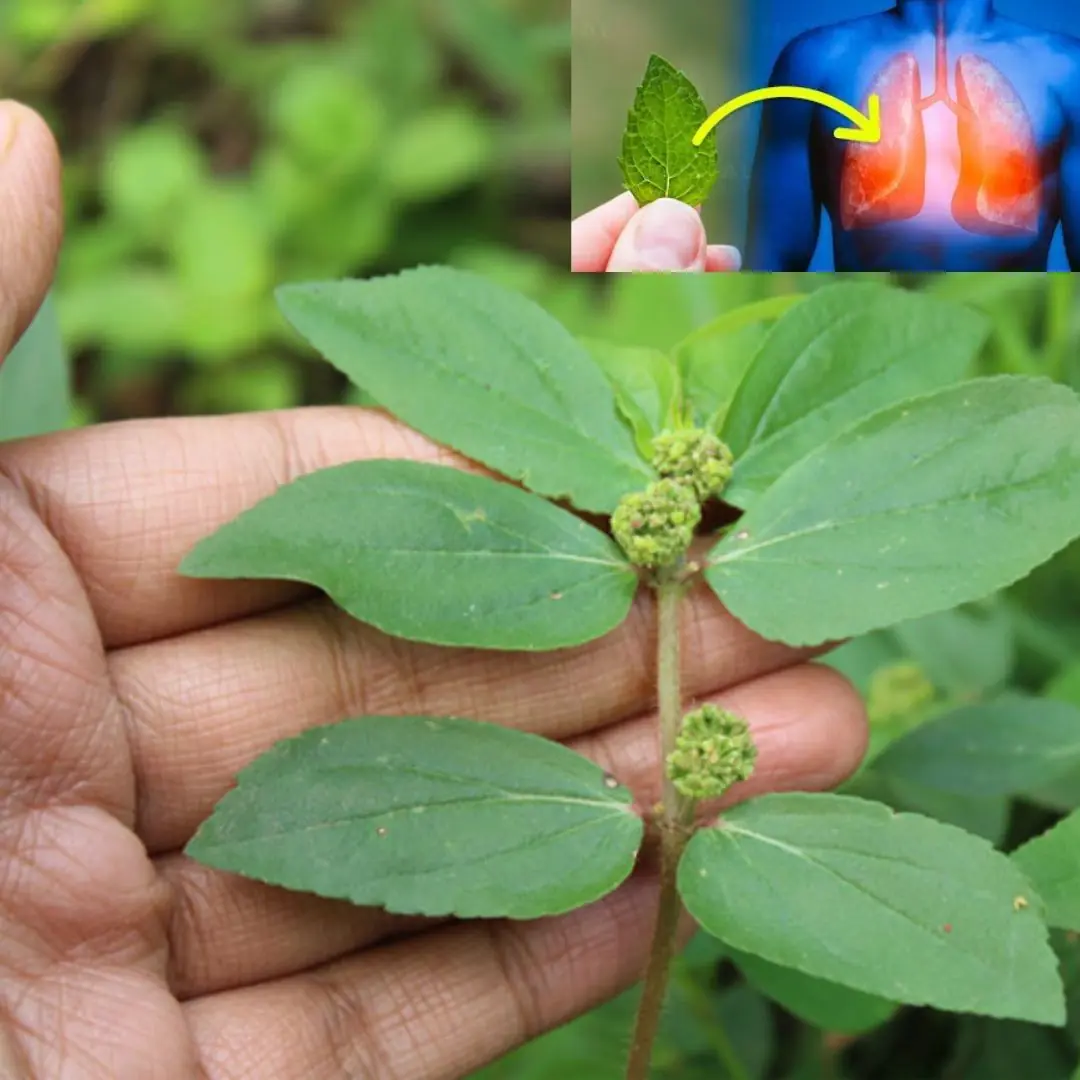
Euphorbia Hirta: 30 Benefits and How to Use It Safely

THE BEST HOME REMEDIES THAT END CONSTIPATION FAST AND NATURALLY

Lady places cup of vinegar into microwave. Here’s the genius reason why
